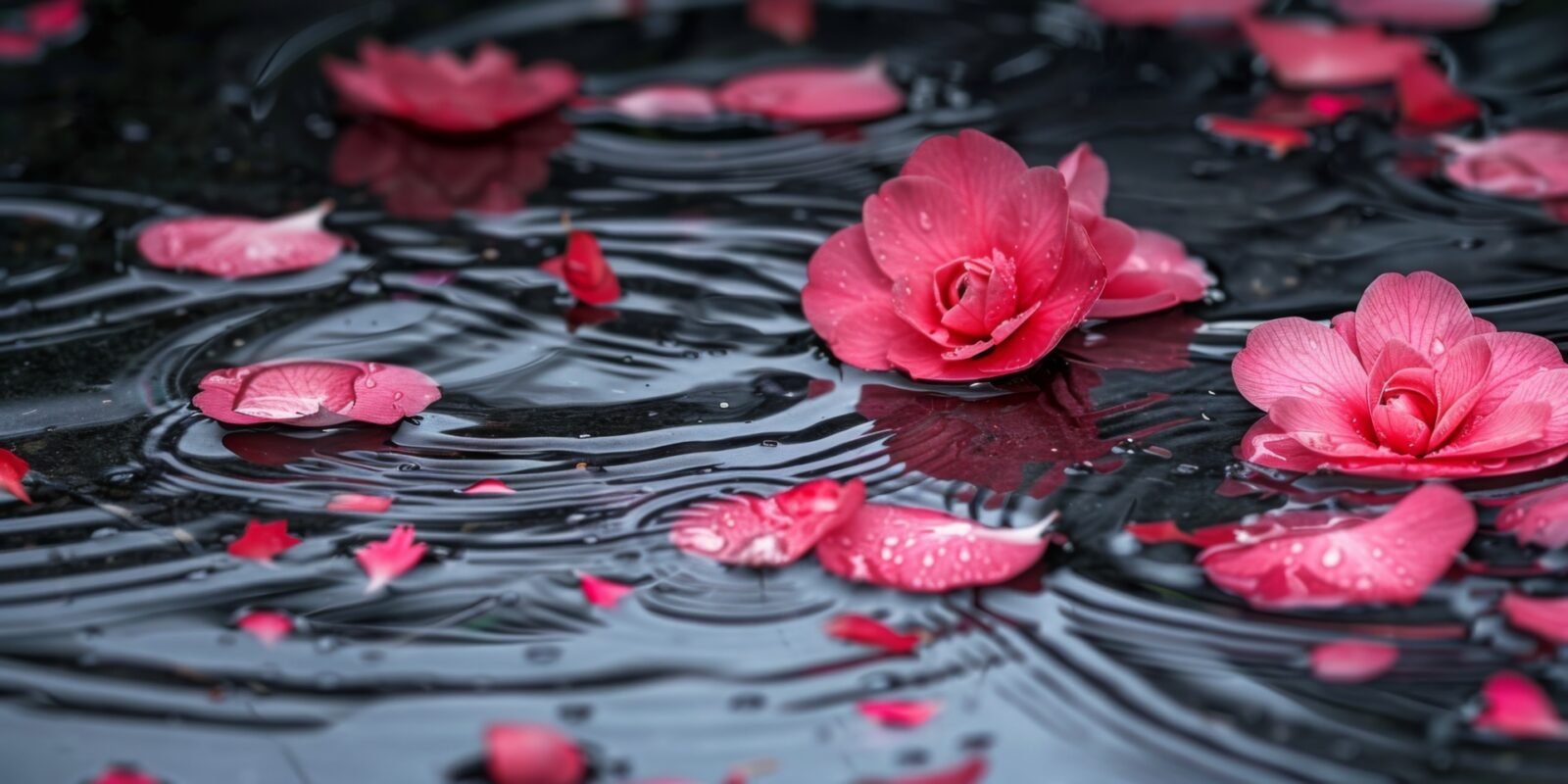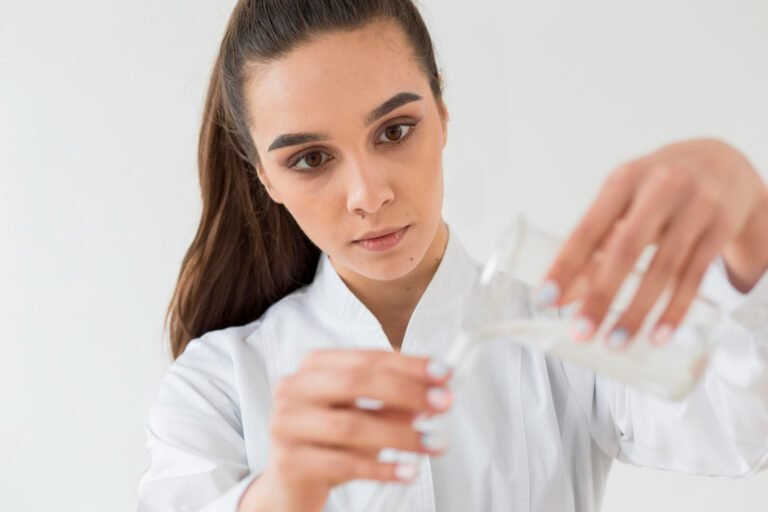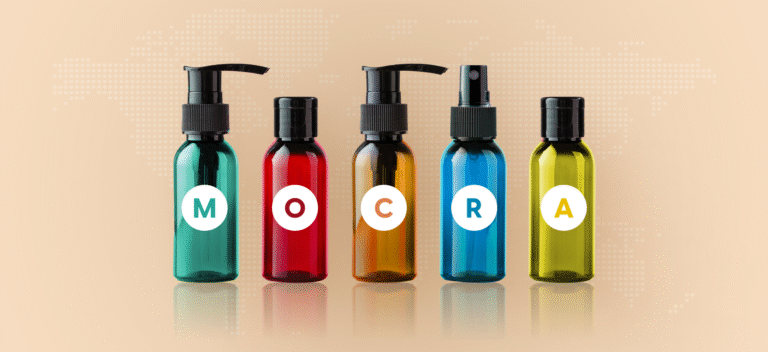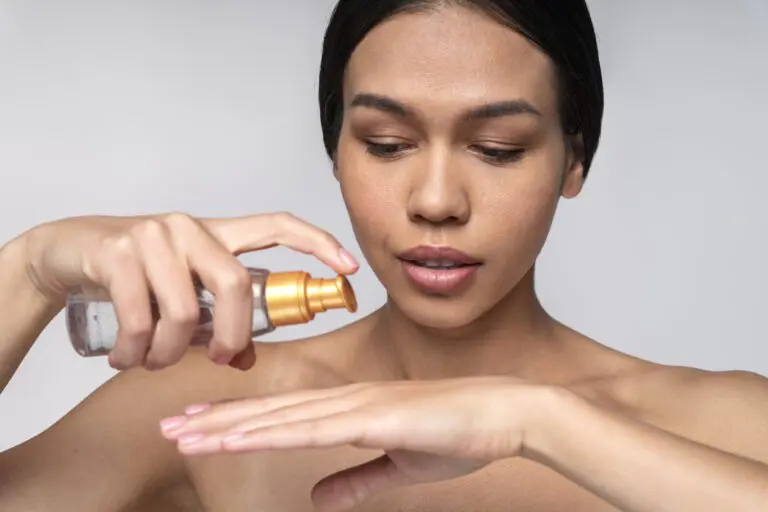Hydration remains the cornerstone of every successful cosmetic formulation. Adaptive hydration systems now redefine how actives, humectants, and polymers cooperate to maintain moisture under fluctuating environmental conditions. Because skin hydration involves complex osmotic gradients and polymer interactions, mastering this balance is a crucial skill for modern cosmetic chemists.
Understanding the Skin’s Water Network
The epidermis functions as a dynamic water network where diffusion, evaporation, and retention occur simultaneously. Firstly, the stratum corneum regulates water loss through corneocyte lipids and natural moisturizing factors (NMF). Secondly, intercellular spaces host hydrophilic pathways that transport small solutes. Finally, the skin’s surface film—sebum mixed with cosmetic polymers—acts as an adaptive interface moderating exchange with the atmosphere.
Therefore, the goal of adaptive hydration formulation is to mimic this physiology: maintain internal water content while adjusting evaporation resistance based on humidity and temperature. Consequently, film-forming polymers, hydrogels, and humectants must work as a synchronized moisture circuit.
Hydration Mechanisms: Humectant, Occlusive, and Polymer Synergy
Cosmetic hydration strategies traditionally relied on three mechanisms:
- Humectants such as glycerin, sorbitol, or sodium PCA attract ambient water.
- Occlusives like silicones or waxes form an external barrier to reduce TEWL (transepidermal water loss).
- Polymers create semi-permeable films that control diffusion and retention.
However, adaptive hydration integrates these mechanisms into a feedback system. Because smart polymers respond to environmental changes, they modulate water retention dynamically—reducing occlusion in humid air and reinforcing protection in dry climates. As a result, formulations feel lighter, more breathable, and self-adjusting.
Adaptive Polymers in Modern Formulation
Recent progress in smart polysaccharide research introduced biopolymers capable of “reading” environmental signals. For instance, pullulan, alginate, and tamarind seed polysaccharide alter viscosity and film thickness as relative humidity shifts. Meanwhile, hyaluronic acid networks expand through ionic hydration, delivering time-controlled moisture pulses.
Moreover, polymer blends that combine hydrophilic and amphiphilic chains generate gradient membranes—structures that selectively retain water yet allow gas exchange. Therefore, adaptive polymers emulate biological membranes, maintaining epidermal equilibrium without heavy occlusion.
Hydrogel Networks and Water-Activity Control
Hydrogels remain the archetype of polymer-based hydration. Hydrogel systems consist of three-dimensional crosslinked networks that can store up to 99 % water by weight. Because they maintain constant water activity, they serve as micro-reservoirs that slowly release moisture through diffusion.
Additionally, hybrid hydrogels reinforced with alginate or β-glucan show self-healing behavior. When environmental humidity drops, the polymer chains collapse partially, reducing surface area and conserving internal moisture. Consequently, these systems display auto-regulation—a hallmark of adaptive hydration design.
Film-Formers as Dynamic Barriers
While hydrogels focus on water storage, film-forming polymers define the outer control layer. Pullulan-based and cellulose-derived films possess adjustable permeability governed by plasticizer ratio and ambient humidity. For example, increasing glycerin content by 1 % can double water-vapor transmission, fine-tuning feel without losing barrier protection.
Therefore, chemists can design multi-phase hydration systems combining hydrogel reservoirs beneath and film-formers above—mimicking the dermis-to-epidermis water gradient for long-lasting comfort.
Formulation Design: Managing Water Activity and Sensory Behavior
Designing an adaptive hydration formula requires balancing three interdependent factors: water activity (aw), polymer concentration, and humectant load. Firstly, water activity governs microbial stability and active diffusion. Secondly, polymer concentration defines film formation and viscosity recovery. Finally, humectant ratios tune osmotic pressure across the film–skin interface. Therefore, understanding polymer–humectant interaction is central to predictable hydration behavior.
In practical terms, formulating at aw between 0.75 and 0.85 ensures optimal balance between moisture availability and preservation. Furthermore, hydrophilic–lipophilic polymer hybrids provide dual-phase comfort—absorbing vapor during dry conditions while limiting TEWL in humidity. Consequently, sensory feel evolves naturally rather than abruptly, maintaining user satisfaction across climates.
Scalp and Hair Hydration Systems
The same adaptive hydration logic applies to the scalp. IPSTIC® Patch Hair-1 demonstrates how biopolymer networks regulate moisture across keratin structures. Because hair cuticles lack the lipid barrier found in skin, polymers must maintain surface hydration without residue. Hence, pullulan and chitosan derivatives form microfilms that retain water while leaving strands lightweight and smooth.
Moreover, adaptive hydration technology supports scalp health by stabilizing microbiome-friendly humidity. As a result, these polymers prevent flaking and discomfort commonly caused by climatic shifts or surfactant exposure. Therefore, the same hydrogel and film-former synergy used for skin can seamlessly extend into scalp-care and hair-treatment formats.
Clean-Label and Regulatory Alignment
Because adaptive hydration systems rely on naturally derived polymers such as pullulan, alginate, and β-glucan, they comply with both MoCRA regulations and the EU Microplastics Regulation (2023/2055). Furthermore, they eliminate non-degradable occlusives and volatile silicones, satisfying environmental and safety audits simultaneously.
Additionally, adaptive polymer systems simplify label declarations by reducing the need for multiple stabilizers. Therefore, they meet clean-label marketing claims—biodegradable, non-toxic, and free from microplastics—without compromising texture or performance.
Grand Ingredients Case Study: Adaptive Hydration in Action
Grand Ingredients has pioneered adaptive hydration design through its IPSTIC® Patch Skin-2 and IPSTIC® Patch Hair-1 technologies. In both cases, biopolymer matrices composed of pullulan and modified hyaluronate adjust water diffusion in real time, maintaining a consistent moisture gradient across different application zones.
Consequently, these systems exemplify how film-formers, hydrogels, and polysaccharides converge into unified hydration platforms. Moreover, they demonstrate Grand Ingredients’ leadership in creating plant-based polymer architectures that respond to the skin’s biology rather than merely coating it.
Future Outlook: Data-Driven Hydration Design
Looking ahead, the future of hydration science lies in integrating biopolymer chemistry with real-time skin analytics. Indeed, moisture sensors and imaging now quantify dynamic hydration curves, enabling formulation AI to predict polymer performance. Therefore, chemists can tailor polymer networks to user microclimates—defining truly personalized skincare.
Ultimately, adaptive hydration represents more than a trend. It marks a paradigm shift where formulation becomes a living system—balancing water flow, texture, and environmental adaptation through natural polymer intelligence.
“Hydration is not just moisture retention—it’s dynamic balance. Adaptive polymers let the skin breathe, sense, and self-regulate.”
— Grand Ingredients CEO
References:
